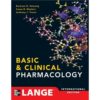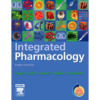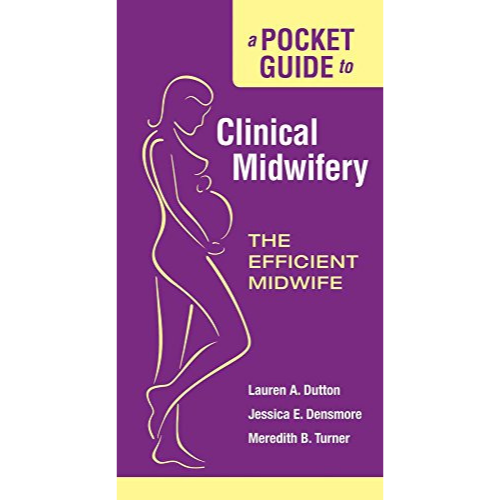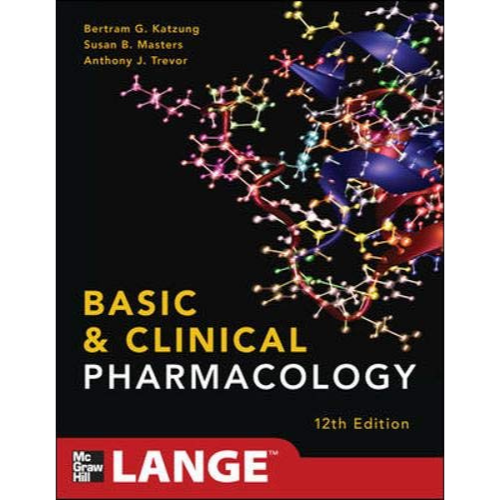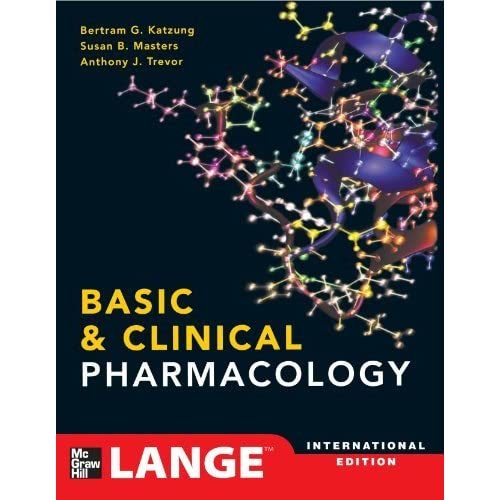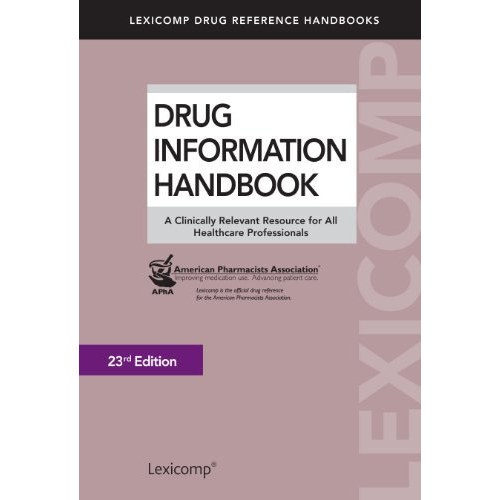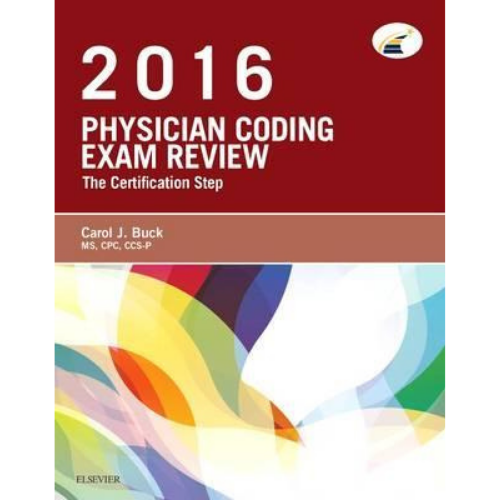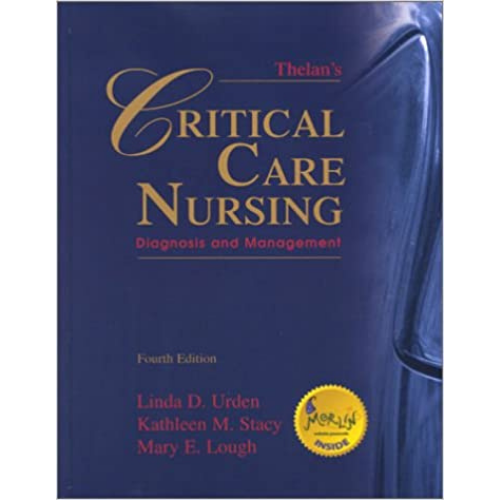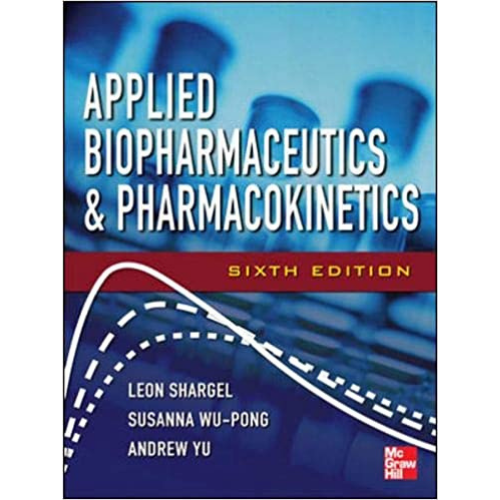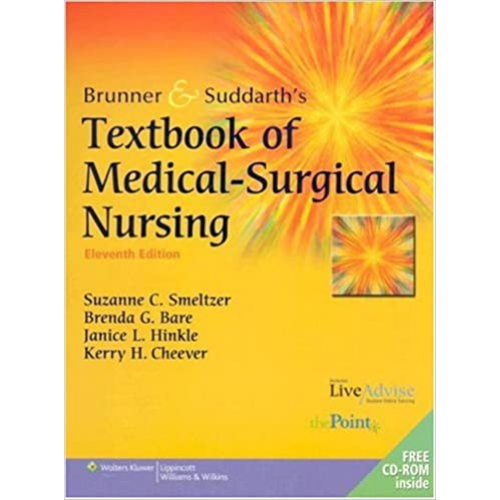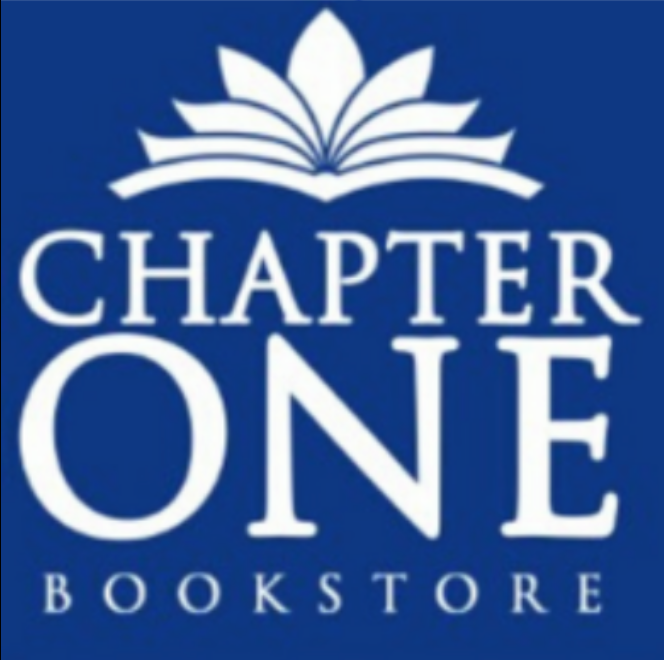Trease and Evans Pharmacognosy, 16th Edition
$140.70
William C Evans
‘Trease and Evans’ is an encyclopedic reference work on pharmacognosy – the study of those natural substances, principally plants, that find a use in medicine.
In stock
SKU: 9780702029332
Category: School of Nursing and Allied Health Professions
Its popularity and longevity stem from the book’s balance between classical (crude and powdered drugs’ characterization and examination) and modern (phytochemisty and pharmacology) aspects of this branch of science, as well as the editor’s recognition in recent years of the growing importance of complementary medicines, including herbal, homeopathic and aromatherapy.
- no other book provides such a wealth of detail
- a reservoir of knowledge in a field where there is a resurgence of interest – plants as a source of drugs are of growing interest both in complementary medicine fields and in the pharmaceutical industry in their search for new ‘lead compounds’
- Dr Evans has been associated with the book for over 20 years and is a recognised authority in all parts of the world where pharmacognosy is studied, his knowledge and grasp of the subject matter is unique
- meticulously referenced and kept up to date by the editor, new contributors brought in to cover new areas
- expansion of information on phytochemistry – enzymatic conversions, developments in bosynthetic sequences of compounds, newly isolated constituents of plant drugs
- more information on quality control and standardization
- herbal medicine – considerable expansion on the role of pharmacognosy in this field; legislative developments; efficacy and safety
- genetics – the use of DNA fingerprinting for the identification of closely related drugs; new developments in genetic engineering; possibility of GH plant drugs
- pharmacology – expanded to include plant constituents of recent interest
- the use of bioassay techniques in the search of new phytochemicals – including sustainable plant resources, ecological considerations and commercial expediency
Related products
$129.70


